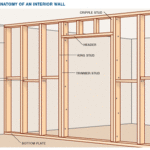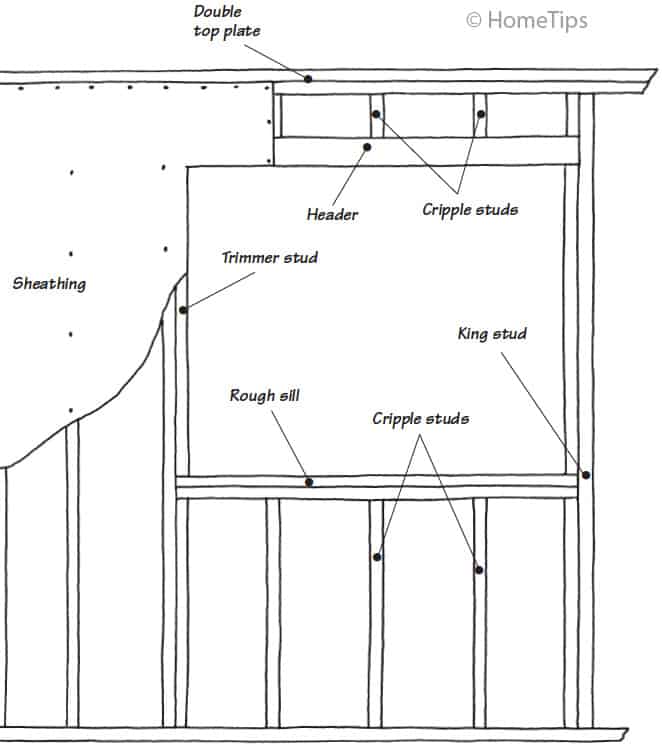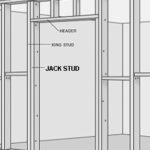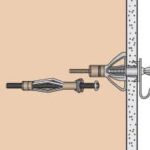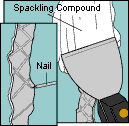Learn the best ways to cut drywall with this helpful how-to. It explains marking cuts, and making cutouts, curved cuts, and more.
Cutting and installing drywall (“Sheetrock®”) is fairly straightforward and can be accomplished with only a handful of common tools. However, because full panels are heavy and awkward to handle, hanging drywall is far easier with a helper.
If the wall will be painted or wallpapered, you’ll need to finish the joints and corners, but you may not need to hide joints on installations that serve as a backing for ceramic tile.
For more about the process of hanging and taping drywall, see How to Hang Drywall.
Using a pencil and straightedge or chalk line, mark for your cutting line on the front paper layer. Score through the front paper with a sharp utility knife and then turn the drywall over and break the gypsum core by bending the panel toward the back. Finish by cutting the back paper along the crease, as shown.
Cutouts and curved cuts. You can use a utility knife to make straight cuts and a handsaw, compass saw, drywall saw, or power saber saw to make curved cuts or small cutouts.
When cutting drywall to fit around doorways, windows, outlets, and other surface interruptions, measure out from the adjacent panel and up from the floor to the obstruction.
Then transfer these measurements onto a new panel and cut. Make small cutouts for outlet and switch boxes about 3/16 inch larger than the boxes, and adjust the holes with a perforated rasp if necessary.
Featured Resource: Find a Pre-Screened Local Drywall Contractor



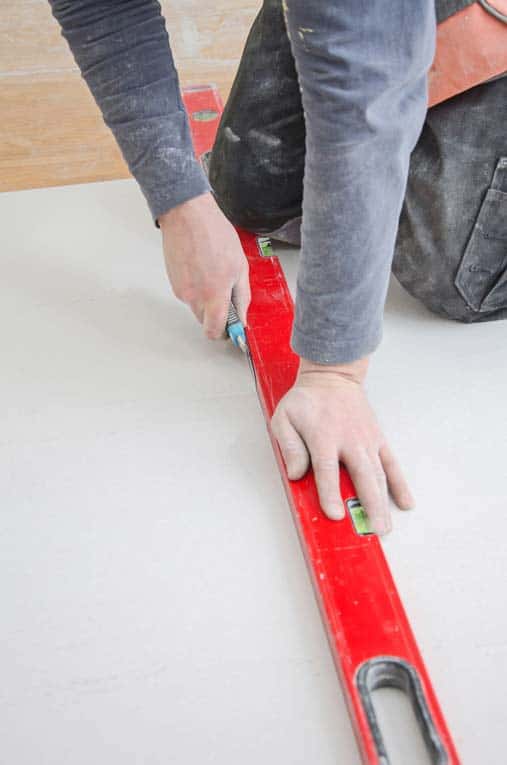
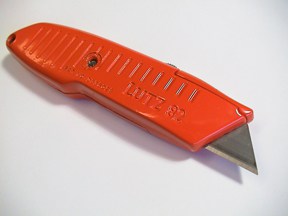
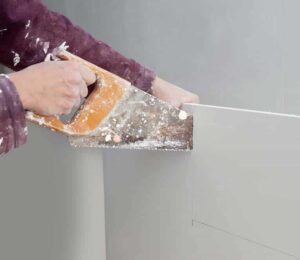


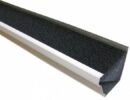

 Don Vandervort writes or edits every article at HomeTips. Don has:
Don Vandervort writes or edits every article at HomeTips. Don has:
